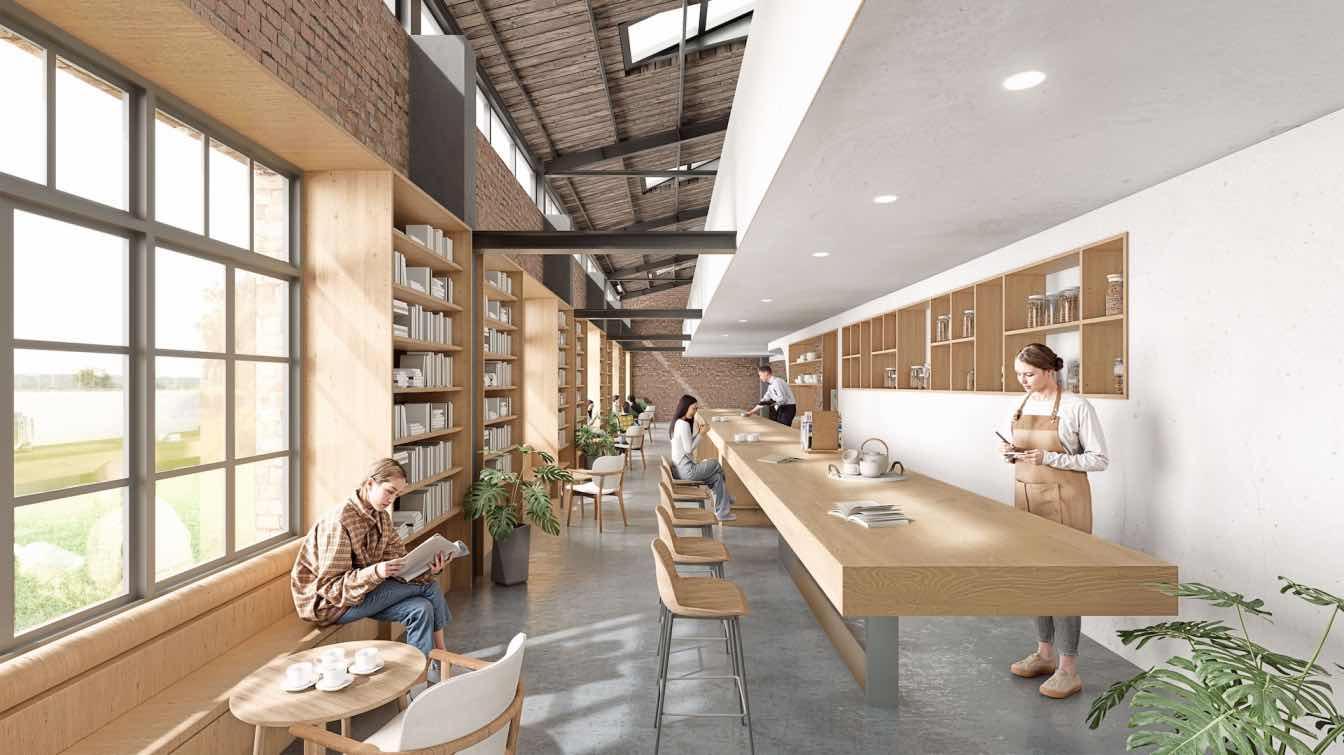The heating, ventilation, and air conditioning (HVAC) industry has experienced enormous growth recently, outpacing even overall construction sector job expansion. However, acute talent shortages threaten this progress. An aging workforce nearing retirement combines with negative perceptions of trade skills, pushing students solely towards 4-year college degrees. Attracting youth to HVAC careers remains vital.
Beyond inherent hiring challenges, the sector's rapid technical advances make proper initial and ongoing training pivotal. Today's HVAC technicians require competencies in complex areas like heat pumps, solar panels, building automation systems, and critical thinking for customized climate solutions. Mastering merely basic operational abilities fails new techs entering the industry.
Formal education in HVAC and supplementary pedigrees help technicians perform optimally and progress faster. The proper training strives for an optimal balance between imparting multi-disciplinary technical aptitudes and real-world competency, applying those engineering foundations across customer sites. Apprenticeships after that hone abilities. This guide covers key facets of formal and on-the-job HVAC training.
Core Technical Areas of Formal Training
While HVAC techs eventually specialize in domains like commercial refrigeration, green technology, or system controls, foundational curriculums cover broader fundamentals required irrespective of niche.
Electrical Skills
Modern HVAC equipment relies extensively on motors, transformers, control panels, and circuitry. Education in basics like Ohm's law, alternating and direct current, digital voltmeters, test instrumentation, etc., builds core proficiency. HEAT pump theory is also pivotal.
Climate Control Systems
The physics and engineering behind temperature, humidity, and purification control follow. Trainees learn about thermodynamics, psychrometrics, air distribution, piping, insulation needs, and calculating equipment capacities for spaces.
Equipment and Troubleshooting
Of course, familiarity with assemblies like compressors, evaporators, condensers, furnaces, ductwork, vents, gauges, etc, is crucial before entering the field. Classes also teach systematic troubleshooting using testing devices to identify issues.
Codes and Best Practices
Adhering properly to equipment guidelines, municipal codes, and worksite safety protocols minimizes costly errors. The curriculum must ingrain habits around compliance, personal protective gear, accident prevention, proper tool handling, and ethical customer service.
Specialist Domains for Focused Training
While broad technical grounding is the base, supplemental coursework oriented towards particular growth areas within HVAC also helps graduates seeking niche roles.
Building Automation Systems
With structures becoming smarter, technicians who can install and integrate automated HVAC controls, sensors, and central management software are in demand. This maximizes climate efficiency.
Solar Thermal Solutions
Sustainable technology, such as solar collectors for heat/cooling, radiant heating, and underfloor systems, requires specialized design/maintenance capabilities distinct from traditional HVAC. Targeted solar thermal education serves this green movement.
Commercial Refrigeration
Large-scale cooling for warehouses, healthcare facilities, commercial kitchens, etc., differs enormously from residential needs. Tailored commercial refrigeration instruction ensures technicians can handle unique scales, configurations, and reliability needs.
Degree and Certification Options
While employer-led apprenticeships remain the gold standard for immersive HVAC education, classroom pedigrees, and certifications indicate trainees with stronger theoretical foundations, self-learning ability, and assessment skills.
Community College Degrees
Formal 2-year Associate of Applied Science degrees in HVAC technology, energy systems, or similar domains provide holistic and accredited proficiency encompassing all key areas - electrical, climate control, design principles, and troubleshooting.
Condensed Technical Classes
Various technical institutes offer intensive one-year or less diploma programs in HVAC installation and repairs for those seeking an accelerated industry-aligned pedigree without a total degree commitment. These deliver competency specifically oriented to servicing roles.
Key Certifications
While degrees take longer, targeted certifications from established HVAC bodies only require passing written and practical exams. These include EPA 608 technician certification for refrigerant handling and National Association of Oil and Energy Service Professionals (NAOESP) credentials. Most employers prefer certified techs.
Hands-On Training Components
No amount of theory prepares for the unpredictable challenges of actual residential and commercial sites. Hands-on training builds this vital confidence through simulations and supervised on-location experience.
Virtual Labs and Simulations
Modern platforms like Immersive Labs use 3D simulations, augmented reality, and virtual reality to mimic scenarios techs encounter onsite. Repeated exposure across equipment and site conditions promotes muscle memory without real-world risks.
Working Directly on Varied Equipment
Training programs affiliate with local community institutions, factories, and businesses to provide access to diverse HVAC infrastructure that trainees can use under instruction. This bans risk aversion on genuine client sites later.
Job Site Apprenticeships
Deeper learning happens when classwork overlaps with supervised on-location apprenticeships across installations and maintenance calls during initial career years. This lets newcomers harmonize formal concepts with practical nuances under mentor guidance.
Balancing formal and employer-led training
Ultimately, on-the-job rigor after completing classroom prerequisites is invaluable. Optimizing success involves customizing pedigrees to employers' ecosystems.
Analyze Company Equipment and Technology First
Industry leaders enhance competency by aligning HVAC training to their specific product portfolio, proprietary diagnostics software, and preferred troubleshooting methodology before placing graduates onsite, which speeds productivity.
Bridge Academics with Specialized Systems Exposure
Classroom fundamentals often utilize generic assemblies, codes, and practices. Employers must structurally supplement this by providing a hands-on orientation to customized platforms and vertical nuances that newly onboarded technicians support.
The mix of formal technical grounding and tailored on-the-job training dictates HVAC role fluency. However, bridging academia with workplace integration remains contingent on employer, university, and vocational partnerships fostering curriculum alignment, apprenticeship standardization, and clear industry qualification blueprints. This sustains the recruitment and development of specialized talent, ensuring sector growth.
Conclusion
The increasing sophistication of HVAC equipment and the growing talent crunch make structured learning pathways vital for employers and aspiring technicians today. Integrating fundamental engineering theory with intensified practical application on diverse systems best develops well-rounded competencies at speed and scale.
Formal technical education through community college degrees, condensed courses, and globally accredited certifications provides a structured introduction to electrical fundamentals, climate physics, controls, troubleshooting, and modern specializations. These classes offer efficient and accredited knowledge transfer amenable to mass adoption.
However, the onus lies on employers to bridge academic foundations with customized supplementary training tuned to specialized vertical needs. Hands-on orientation to company-specific hardware, software, and servicing methodology through simulations and on-location apprenticeships enhances real-world productivity faster.
Ultimately, an interdependent framework spanning candidate screening, formal technician education benchmarking, and transparent on-the-job training standards will uplift HVAC talent development holistically. With technology advancing exponentially, the responsibility to nurture skilled tradespeople through tailored experiential learning is shared across academia and industry. Getting this right unlocks societal and commercial value.





